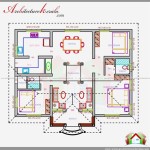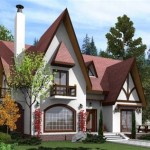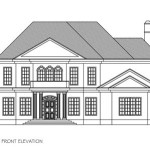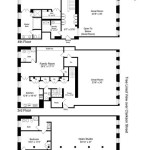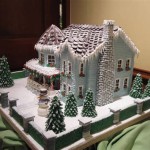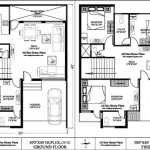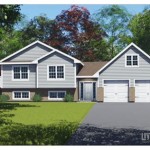Essential Aspects of Old English Tudor House Plans
The Tudor era, spanning the 16th and 17th centuries, marked a significant period in English architectural history. Old English Tudor house plans are renowned for their distinctive charm and functional design. Understanding their essential aspects can provide insights into the architectural styles and living conditions of the period.
### Asymmetry and PicturesquenessTudor houses are characterized by their asymmetrical facades. They often feature projecting wings, bay windows, and gables that create a picturesque and visually appealing exterior. The intricate interplay of these elements adds depth and charm to the building's appearance.
### Half-TimberingHalf-timbering is a defining characteristic of many Tudor houses. This technique involves exposing the wooden frame of the house, creating a grid-like pattern. The spaces between the timbers were filled with wattle and daub, a mixture of interwoven branches and clay. Half-timbering not only added structural support but also provided decorative appeal.
### Steep Pitch RoofsTudor houses typically feature steep pitch roofs. The steep slope of the roof facilitated the drainage of rainwater and snow, protecting the home from water damage. The roofs were often covered with tiles or thatch, materials that provided insulation and weather resistance.
### Large Windows and Bay WindowsTudor houses are known for their large windows and bay windows. These openings allowed for ample natural light to enter the home, creating a brighter and more inviting atmosphere. Bay windows extended outwards from the main wall, providing additional space and panoramic views of the surroundings.
### Great Halls and InglenooksThe great hall was the central room in many Tudor houses. It served as a gathering place for the family and guests and was often the largest room in the home. Inglenooks, recessed areas by the fireplace, provided a cozy spot for relaxation and warmth.
### Tower HousesIn certain regions of England, tower houses emerged as fortified dwellings. These houses featured a tower-like structure with thick walls and narrow windows for defense. They were often built by wealthy landowners and served as a refuge during times of conflict.
### Oak Beams and PanelingOak was widely used in the construction of Tudor houses. Its durability and strength made it an ideal material for beams, joists, and other structural elements. Oak paneling was also prevalent, adding an elegant touch to interiors and providing insulation.
### Symmetry in Later Tudor ArchitectureTowards the end of the Tudor period, greater emphasis was placed on symmetry in house plans. The asymmetrical facades of earlier Tudor houses evolved into more balanced and orderly arrangements. This shift reflected the growing influence of Renaissance architecture and the pursuit of classical ideals.
### ConclusionOld English Tudor house plans embody the architectural ingenuity and aesthetic sensibility of the Tudor era. Their unique combination of asymmetry, half-timbering, steep roofs, and large windows creates a timeless charm that continues to inspire architects and homeowners today. Understanding these essential aspects provides a deeper appreciation for the architectural legacy of this fascinating period in English history.

This Is So Perfect Super Attractive Has A Library Though I Probably Won T Be Needing The Servant Tudor House Plans Vintage Cottage

1926 Universal Plan Service No 589 English Tudor Style Cottage House Plans Portland Homes Oregon

American Homes Architecture From 1930 To 1965 Cottage Floor Plans Style House

Seattle Homes Tudor Style House Plan Design No 132 1908 Western Home Builder Victor W Voorhees

1920 National Plan Service Cottage House Plans Vintage Sims

1928 Modern English Revival House Plan Cottage Plans

Vintage House Plans 1970s Homes Tudor Style With Pictures

The 1929 Hobson Eclectic English Revival Home Builders Catalog Vintage Architecture House Plans Sims

Pin On B Architecture Cottages And Bungalows

Welcome To Dover Publications Tudor House Vintage Plans

